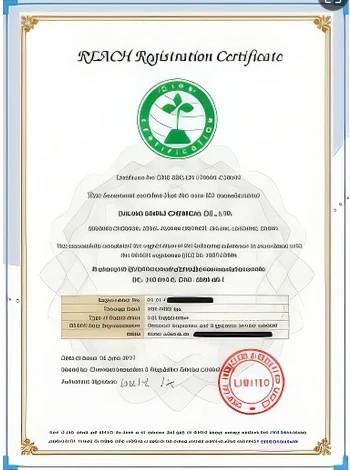



Exploring the Role of Caustic Soda in Soap Production and Its Benefits
The Uses of Caustic Soda in Soap Making
Caustic soda, also known as sodium hydroxide (NaOH), is an essential ingredient in the production of soap. Its unique properties and chemical reactivity make it a fundamental component in both traditional and modern soap-making processes. This article aims to explore the uses of caustic soda in soap production, highlighting its importance, safety considerations, and impact on the final product.
What is Caustic Soda?
Caustic soda is a highly alkaline substance that is produced through the electrolysis of saltwater. It is a white, odorless solid that can absorb moisture from the air. In soap making, caustic soda is used to saponify fats and oils, transforming them into soap through a chemical reaction known as saponification. During this process, the triglycerides in fats react with sodium hydroxide to produce glycerol and fatty acid salts—the latter being the soap.
The Saponification Process
The main use of caustic soda in soap making is its role in the saponification process. To create soap, a soap maker typically combines a specific ratio of fats or oils with water and caustic soda. The primary steps in the process are as follows
1. Preparation of Ingredients Fats or oils can be derived from numerous sources, including vegetable oils (like olive or coconut oil) or animal fats (like tallow). The choice of fats influences the properties of the soap, such as hardness, latherability, and moisturizing characteristics.
2. Mixing The caustic soda is dissolved in water to create a lye solution. This solution is then carefully combined with the fats or oils at a controlled temperature.
3. Saponification As the lye solution is added to the fats, a chemical reaction occurs, resulting in glycerin and soap. This process can take anywhere from a few hours to several days, depending on the method used (cold process, hot process, etc.).
4. Curing Once the soap has set, it must be cured for several weeks to allow the saponification process to complete and to ensure that any remaining caustic soda is neutralized. This step is crucial for safety, as unreacted caustic soda can cause irritation or burns.
Safety Considerations
While caustic soda is a vital component in soap making, it is also a hazardous material that poses serious risks if not handled properly. Here are some essential safety considerations
caustic soda uses in soap

1. Protective Gear Soap makers should always wear protective gloves, goggles, and long-sleeved clothing when working with caustic soda to prevent skin and eye irritation.
2. Proper Mixing When preparing the lye solution, always add caustic soda to water, not the other way around. This prevents dangerous heat buildup and splattering.
3. Ventilation Ensure that the workspace is well-ventilated as the reaction can release harmful fumes.
4. Storage Caustic soda should be stored in a cool, dry place, away from children and pets. Proper labeling is essential to prevent accidental ingestion or exposure.
The Benefits of Using Caustic Soda in Soap
The use of caustic soda in soap making offers numerous benefits, contributing to the quality and effectiveness of the final product
1. Customization By controlling the ratio of caustic soda to fats, soap makers can customize their soaps to achieve desired textures, scents, and moisturizing properties.
2. Cleanliness Soap made through the saponification process creates an effective cleansing agent, removing dirt and oils from the skin.
3. Natural Ingredients When combined with natural fats and oils, caustic soda enables the creation of organic soaps without synthetic detergents or preservatives, appealing to consumers seeking eco-friendly products.
4. Longevity Properly cured soap has a longer shelf life compared to those made with synthetic surfactants.
Conclusion
Caustic soda plays a pivotal role in the art of soap making, enabling the transformation of fats and oils into nourishing and effective soap products. While it requires careful handling and respect due to its corrosive nature, its benefits in producing high-quality, customizable soaps are unmatched. As soap makers continue to innovate, the use of caustic soda remains a foundational aspect of both artisanal and commercial soap production, ensuring that this age-old craft thrives in contemporary markets.
-
Why Sodium Persulfate Is Everywhere NowNewsJul.07,2025
-
Why Polyacrylamide Is in High DemandNewsJul.07,2025
-
Understanding Paint Chemicals and Their ApplicationsNewsJul.07,2025
-
Smart Use Of Mining ChemicalsNewsJul.07,2025
-
Practical Uses of Potassium MonopersulfateNewsJul.07,2025
-
Agrochemicals In Real FarmingNewsJul.07,2025
-
Sodium Chlorite Hot UsesNewsJul.01,2025










